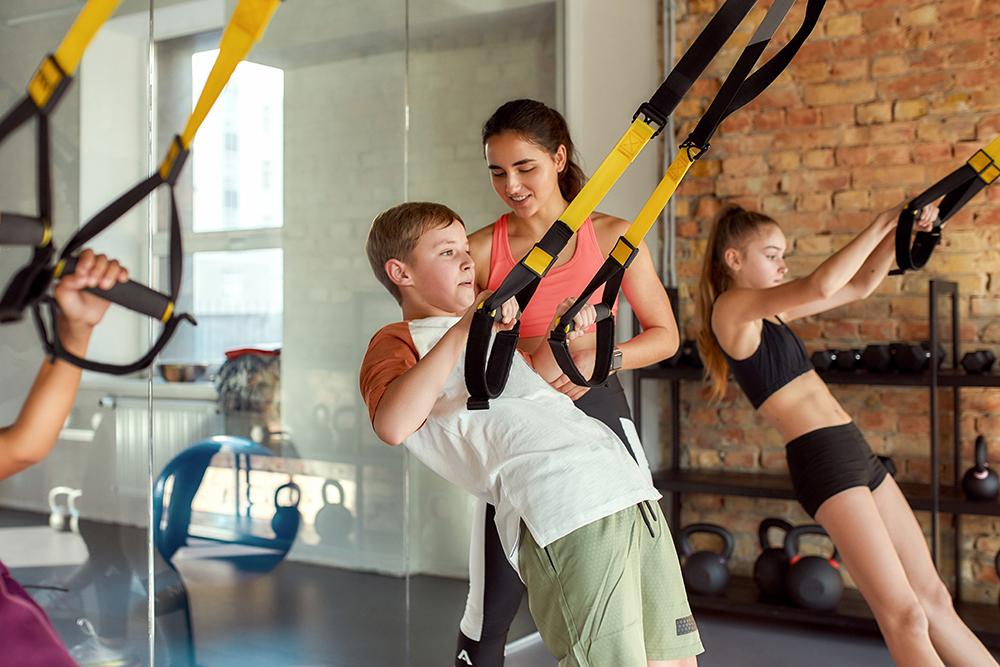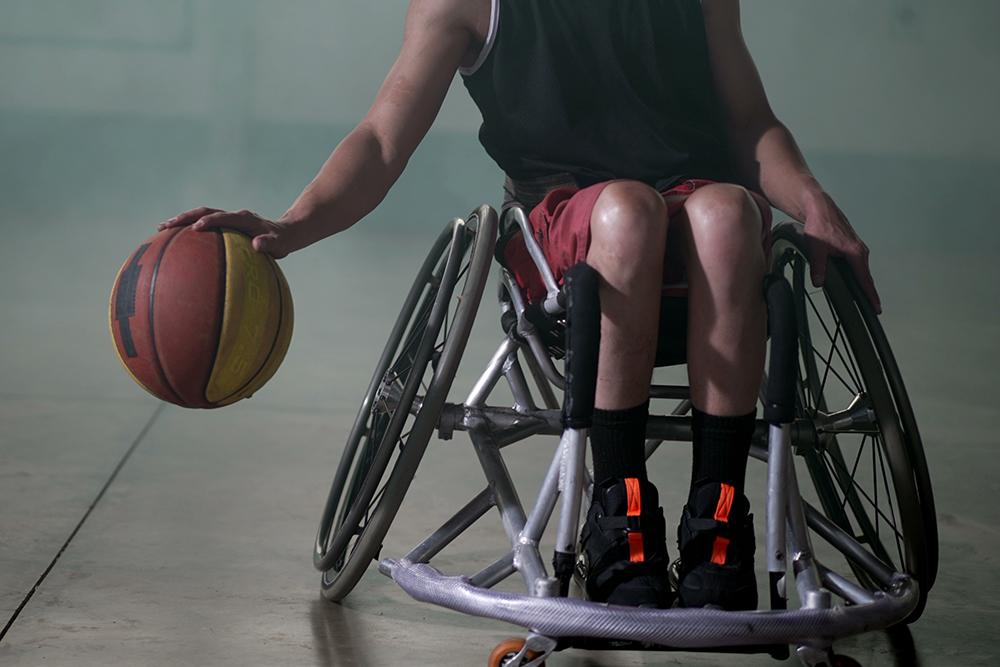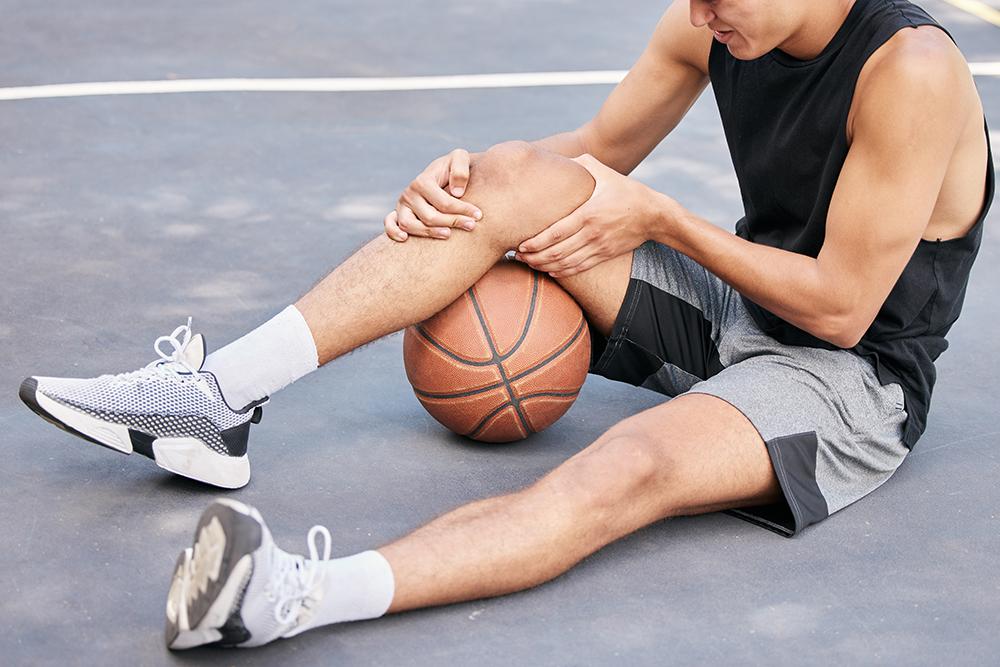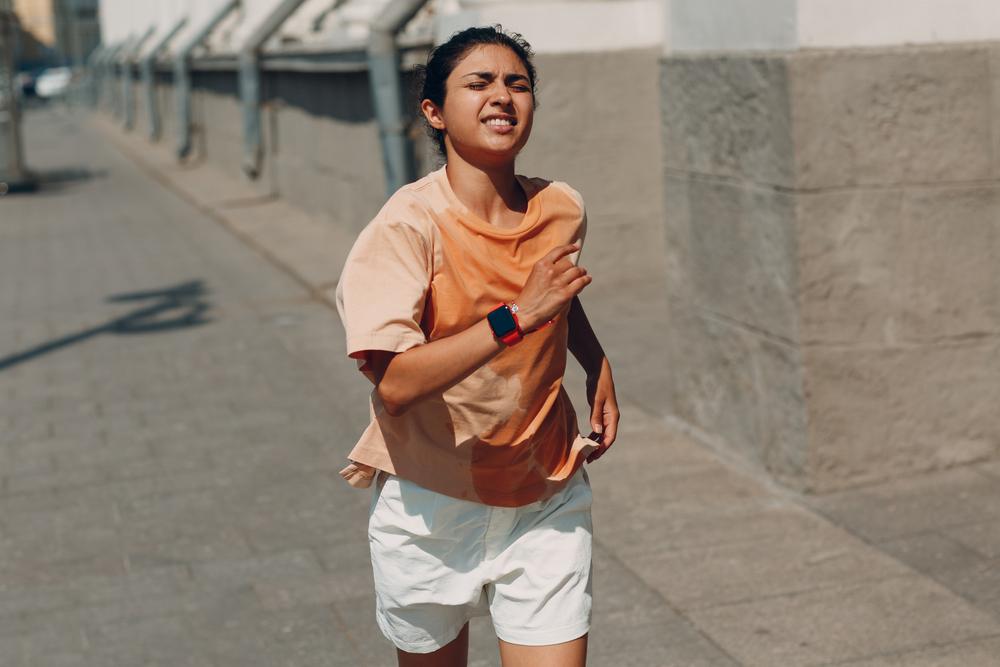 Children gradually gain skill, balance, coordination, and strength through unstructured play. At some point we add structured sports to the mix and increase the focus on certain types of movement and strength (shooting baskets, hitting baseballs, sprinting 100 meters, etc.). But at what point should children begin structured conditioning, like strength training or running intervals, designed to improve their physical ability to perform better in sports? When is too early? If your child wants to train, what do you do?
Children gradually gain skill, balance, coordination, and strength through unstructured play. At some point we add structured sports to the mix and increase the focus on certain types of movement and strength (shooting baskets, hitting baseballs, sprinting 100 meters, etc.). But at what point should children begin structured conditioning, like strength training or running intervals, designed to improve their physical ability to perform better in sports? When is too early? If your child wants to train, what do you do?
When parents see a child with a natural talent and affinity for a specific sport, some are eager to start the child on structured training, often with the hope they’ll develop into the next superstar. In addition to the debate over whether kids should specialize in a single sport or play multiple sports, there’s the question of how old a child should be when they start organized or structured conditioning. In other words, when should kids go from playing on the jungle gym to doing sets of pullups?
There are two main areas to consider: emotional readiness and physical readiness. While there is no set timeline, of the two, it’s more important for a child to be emotionally ready first.
Emotional Readiness
Start by Observing
Some kids seem born ready to compete, whereas others never seem to catch the bug for competition. There’s nothing wrong with either end of the spectrum. To some extent, parents need to follow the child’s lead. For many families, this starts by observing how their kids play as toddlers and then trying out a variety of early-development sports, like T-ball, pee wee soccer or basketball, and swim lessons.
Teach the Game, Not the Competition
As adults, we sometimes shorten the learning phase of a new sport and skip straight to the competition aspect. Young kids who are just being introduced to games with rules and specific skills benefit from learning those skills and rules in an environment that doesn’t emphasize competition. While some parents ridicule “games with no winners” for failing to teach kids the reality of winning and losing, the truth is many of the 6-9 year olds in these sports are not emotionally ready for the pressure and focus required to follow structured training or compete effectively.
Provide Support, Not Pressure
A child who is motivated and passionate about sport will find or invent ways to start repetitive training. These are the kids who spend all afternoon shooting hoops, kicking soccer balls, or learning tricks on a skateboard. They will read about or watch their favorite sports with a surprising attention to detail. Parents can be supportive by offering opportunities for children to connect with other kids who have similar interests, or participate in programs, lessons, or camps. At the same time, parents should be cautious about ramping up the intensity or number of hours of specific training.
Physical Readiness
Parents and coaches are often quick to recognize physical talent and eager to capitalize on it. In the long run, talented athletes will develop quickly no matter when they start focused training. Pushing a gifted athlete to perform before he or she is physically or emotionally ready results in early burnout or injuries that prevent the athlete from reaching their full potential. So, how do you know how much exercise is just right?
Child’s Age = Hours Per Week
As a general rule of thumb, it’s appropriate for school age children to participate in a specific sport for as many hours per week as their age (e.g. up to 8 hours per week of soccer for an 8 year old). If there are no signs of injury, the child is motivated to do more and is having fun, then parents/coaches/pediatricians can evaluate whether more training is still appropriate.
Puberty Changes Everything
Physiologically, there are some significant differences to the ways children and adults respond to exercise. For instance, while children can develop strong aerobic fitness essential for long and moderate-intensity exercise, the anaerobic system that produces energy for repeated high-intensity efforts (sprinting, explosive movements) doesn’t develop fully until a child goes through puberty. While some high-intensity training may be appropriate for young athletes, the time period prior to puberty is best utilized for aerobic conditioning and skill acquisition. Greater speed and power will come naturally through puberty, at which point coaches typically add more sport-specific high-intensity training.
What about strength training? When is it safe for kids to start lifting weights? While it was once thought resistance training would stunt a child’s growth, this notion has been widely discredited. According to the National Strength and Conditioning Association’s Youth Position Statement, age-appropriate resistance training can and should play a role in a child’s development. They recommend a 7-stage progression that starts with learning body control, then adds bodyweight only movements, and then gradually adds more sport specificity around ages 11-16.
Beware of…
Pressure from coaches and sports clubs
Some of the pressure to start young athletes on structured conditioning programs and have kids train with and play on year-round club teams comes from professional coaches and for-profit sports clubs. While both groups genuinely care about their athletes’ well being, they are also financially motivated to keep athletes in their programs. With rare exception, sports scientists, sports psychologists, and coaches at the college and professional level all recommend school-age kids should participate in a variety of sports throughout the year and take time away from organized sports during the year, as well.
Overlapping Sports or Teams
Junior-high and high school students who participate in school and club sports sometimes end up with excessive training workloads when those sports overlap. This is especially prevalent when both teams demand attendance at all practices in order to be eligible to compete. Kids can end up practicing twice a day (sometimes more), and practicing or competing 7 days a week. When athletes in this scenario get overwhelmed, their performance in training and competition declines, they are more likely to get ill from being worn down, and more likely to be fatigued, irritable, and start having trouble in school.
Takeaway
As children mature from age 5 to 18, they grow and develop at different rates, both physically and emotionally. It is important to encourage young athletes to strive to be the best they can be, but not pressure them into structured training before they are ready. After all, a lifelong love for sport and physical activity is the greatest gift parents and coaches can provide for young athletes.



